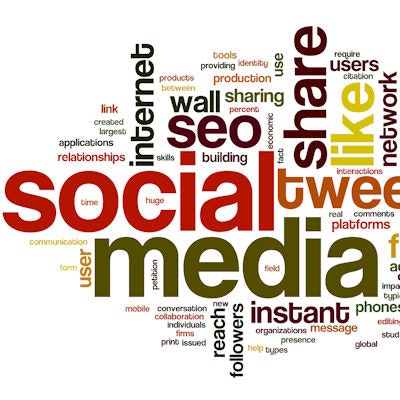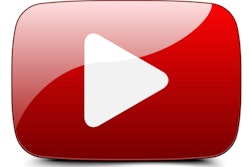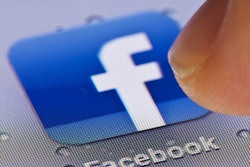
Breast radiologists have the opportunity to interact with patients in ways other radiologists may not, and social media can help them communicate their value to patients, referring physicians, and the larger community, according to an article published in the September issue of the Journal of Breast Imaging.
Educating patients and physician peers is key to a successful breast imaging practice, according to authors Drs. Elsa Kuhl and Jocelyn Rapelyea, both of George Washington University Hospital in Washington, DC.
"Expanding the footprint of the breast radiologist involves increasing patient engagement, creating and maintaining a personal brand, and educating and advocating for our patients," they wrote (J Breast Imaging, September 2019, Vol. 1:3, pp. 230-233). "Patient-physician engagement strengthens continuity of care, increases face time between the breast radiologist and patients, and further establishes the physician as an active participant in patient care."
Direct communication with patients is key, but indirect communication via social media can be quite effective, the authors noted.
"Breast radiologists should become present online and in social media because, at the very least, this increases exposure," they wrote. "When the visibility of our field increases, it enables the dissemination of information to a broad community of patients using a unique frame of reference. If used correctly, these online platforms can help breast radiologists promote breast health to patients, patients' families, and referring clinicians."
Kuhl and Rapelyea offered six ways that breast radiologists can use social media to connect with patients and referring physicians:
- Create a Facebook page and use it to share articles, connect with patients, and establish a web presence.
- Use Instagram to post photos of offices that give patients a "glimpse into your group's patient-centered culture."
- Post educational videos on YouTube that address topics such as what patients can expect during a visit and radiation safety.
- Create a Yelp account and connect it to other social media so that patients can write reviews and endorse practices.
- Use LinkedIn to connect with other physicians and boost your web presence.
- Use Twitter to participate in free open access medical education with the handle #FOAMed.
In any case, it's crucial that all social media platforms be current, the authors cautioned.
"At least one quality post should be released per day," they wrote. "Posts garner more followers and keep you connected to your audience. If there is no continuous, relevant content being posted, followers' attention may wane."
The bottom line? Social media is a powerful tool, according to Kuhl and Rapelyea.
"The wide dissemination of information through social media can promote the breast radiologist's brand and educate patients before and after they leave the clinic," they concluded.



















